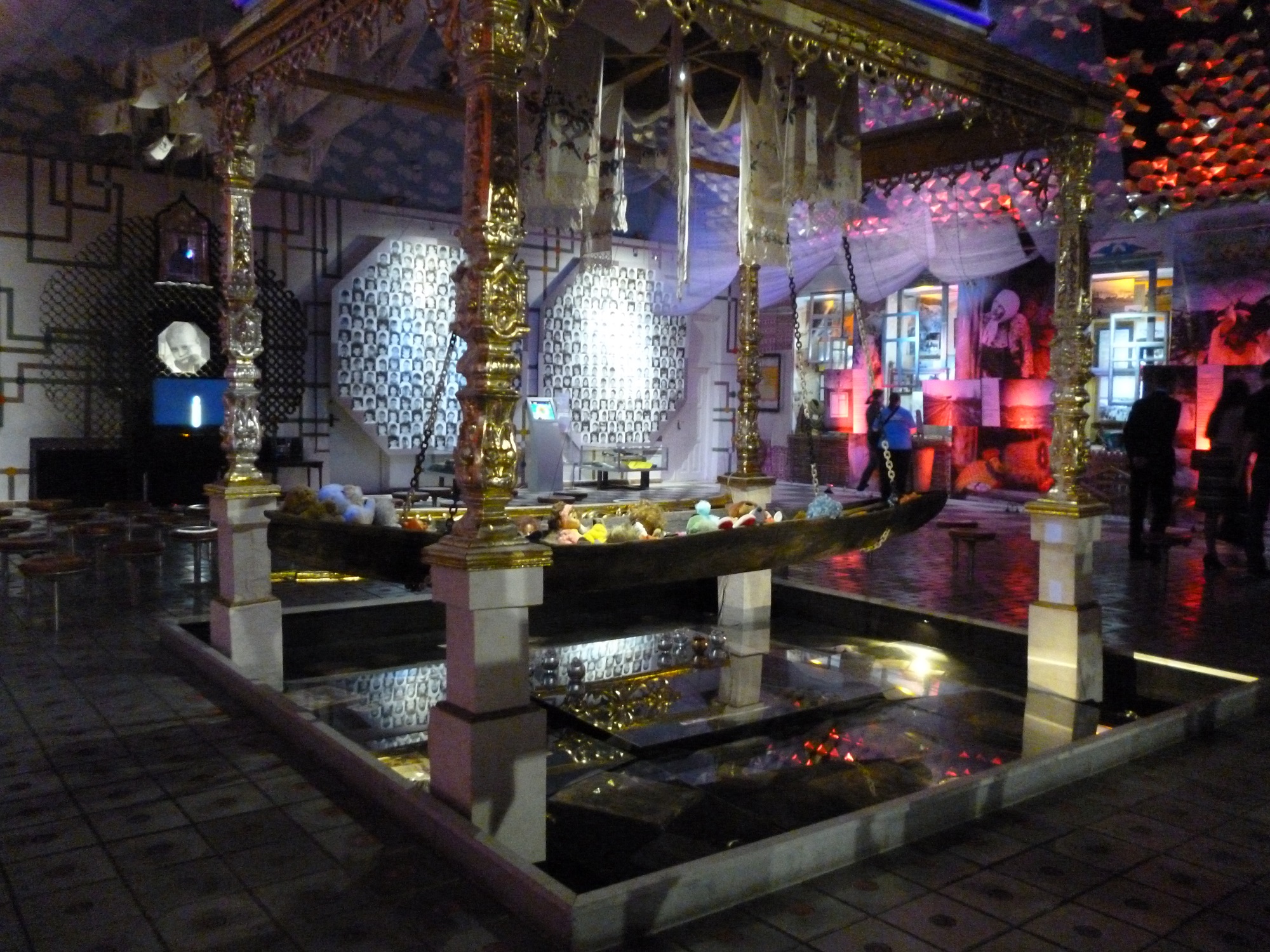Instilling the Solemnity of Chernobyl
While anyone would expect a documentation of the disaster and the destruction that took place and is still threatening the northern part of Ukraine and Belarus, the installations in the museum’s four rooms looks more like an impressive memorial, where memories of the tragic events that injured this part of Ukraine are collected and preserved, to give the deserved dignity to this human tragedy.
April 25, 2016 -
Giacomo Manca
-
Articles and Commentary

No pictures of the brutal effects of the radiation are shown, neither a celebration of the heroism of the emergency workers who participated in the very first containment of the disaster as soldiers and fire fighters, who were not completely aware of the dangers. The “liquidators”, an army of volunteers, both military and civilian, who took part in the operation, were recruited with great promises, but nowadays almost forgotten by their post-Soviet government. As a memorial, however, the museum seems to thank these people, many of whom lost their lives in the years after the disaster, and their families, on whom the effects of the destruction took its toll.
The “scenic installation”, a little bit old but interactive and original, combines pictures of the heroes who took part in the clean-up work in the area after the tragedy. A gloomy sequence of black road signs from the abandoned villages in the area and the memories of the ghost town of Pyrpiat are put together with the remains of religious ornaments from the destroyed area, making a solemn impression containing the stuffed toys found in the exclusion zone.
And then the pictures and memories of the forced and blind celebrations of Labour Day in Kyiv, just a few days after the tragedy, which together with the missed information about food contamination, condemned thousands of people to degrading illnesses; as well as the lies in the Soviet press and the alarm of the Western media, up to the UN aid programmes and the charity initiatives in Western Europe to receive “Chernobyl’s children”.
Now that it is possible to enter the exclusion zone and the government organises official tours in the area where nature prevails over the grey and decaying structures of buildings, this old and outdated museum still calls for the memory of the human catastrophe, and has added a few more panels on the incident at Fukushima, reminding us of what happened with its sad and elegant installations. And the forgotten victims of the tragedy, the hundreds of thousands of liquidators who lost their youth and strength fighting to save millions of people.
Giacomo Manca is a Contributing Editor with New Eastern Europe. He is currently finishing his MA in International Relations at the University of Bologna in Italy.

































